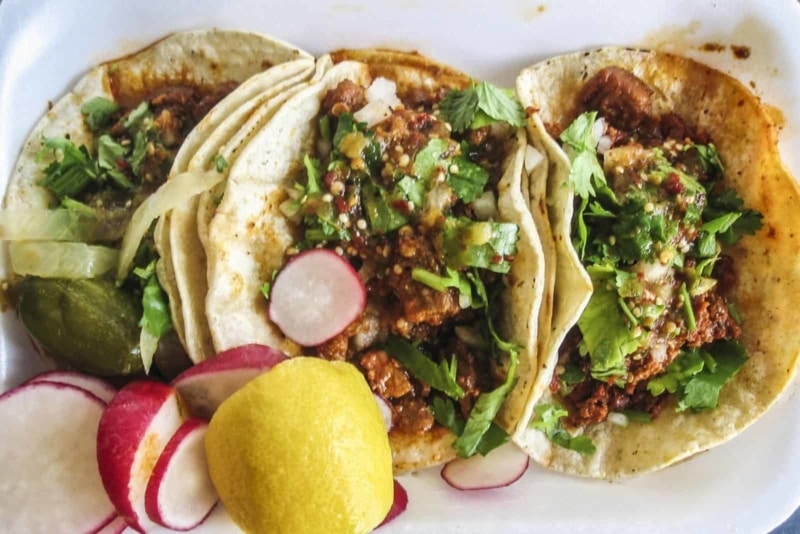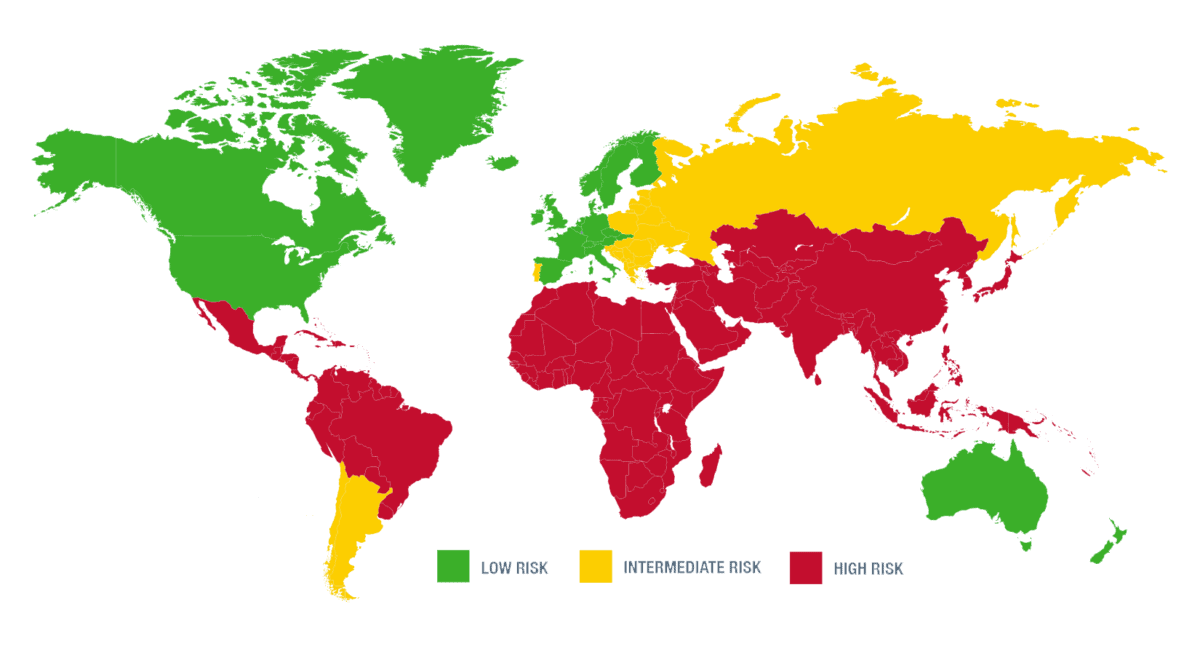Trying the local cuisine is one of my favorite parts of any trip abroad. From street tacos in Mexico to curry made by my Indian Airbnb host, I fully indulge in any good food I can find.
Unfortunately, my adventurous taste buds do not always make the best decisions when it comes to my health. I try to stay clear of anything that looks spoiled, old, or unsanitary. That being said, I’ve also taken my fair share of risks when something looks just too good to pass up.
The result? Montezuma’s Revenge, Delhi belly, mummy tummy – doesn’t really matter what you call it. The fact is that, according to the CDC, 30% to 70% of all travelers experience travelers’ diarrhea.
Thankfully, the medical community has been working on this problem for years and you can lower your risk significantly. It just takes a bit of knowledge and planning.
Before we get into how to prevent traveler’s diarrhea, let’s first cover what exactly it is.



